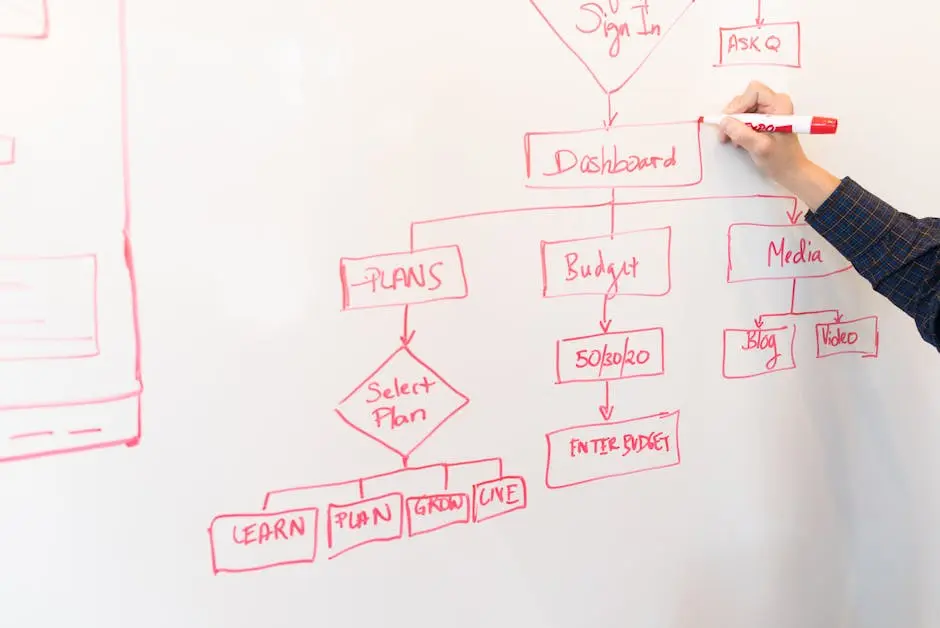How Do I Start a Career as an Instructional Designer?
Embarking on a career as an instructional designer can open doors to opportunities in various sectors such as education, corporate training, and more. Instructional designers are responsible for creating effective and engaging learning experiences. If you’re considering a career in this dynamic field, here’s a step-by-step guide to help you get started.
Understand the Role of an Instructional Designer
Before you begin, it’s important to have a clear understanding of the responsibilities and skills required in this role. Instructional designers create materials that facilitate learning, leveraging technology and educational theory to achieve effective results. This encompasses designing online courses, developing curriculum resources, and integrating innovative learning strategies. The core responsibility is to ensure that educational experiences are accessible, engaging, and effective.
Daily tasks can include collaborating with subject matter experts and educators to gather information about specific educational needs. Instructional designers then use this to craft content that helps learners achieve specific learning outcomes from analysis to implementation.
Gain Relevant Education
Pursuing a degree in educational technology, instructional design, or a related area can provide a solid foundation. Some positions may only require a certificate or specific courses focused on instructional strategies and design. Many instructional designers hold a master’s degree in education or learning design, which provides deeper expertise and can enhance career prospects.
At Discover Learning, we offer a range of instructional design courses in Australia tailored to help you build knowledge and skills from the ground up. Whether you choose self-paced learning or structured education, commitment to ongoing learning is crucial in staying updated with the latest trends and technology in instructional design.
Develop Essential Skills
Focus on developing skills such as curriculum development, digital content creation, and proficient use of authoring tools like Articulate Storyline or Adobe Captivate. Soft skills such as communication and collaboration are equally important. As you’ll often be working within teams, you need to effectively convey your ideas and feedback not only to educators but also to graphic designers and technical staff involved in course development.
Technology plays a pivotal role, so gaining a strong grasp of learning management systems (LMS) and e-learning software can set you apart. Understanding how to implement multimedia elements effectively enhances learning engagement, while familiarity with data analytics tools can help measure impacts and improve future projects.
Build a Portfolio
Create a portfolio showcasing your design projects and instructional materials. A strong portfolio is essential to demonstrate your ability to potential employers. Portfolios highlight your practical skills and showcase your approach to solving instructional challenges. Make sure to include diverse examples, including course outlines, e-learning modules, and evaluations, to showcase your range and flexibility in design.
A high-quality portfolio not only demonstrates your technical proficiency but also reflects your creativity and understanding of educational needs. Encourage feedback on your portfolio from peers and mentors to keep it polished and relevant as the field evolves.
Network with Professionals
Attend industry conferences, join professional associations like the Association for Educational Communications and Technology (AECT), and connect with other instructional designers on social platforms like LinkedIn. Networking not only exposes you to current trends and best practices but also provides opportunities for collaborative projects and potential employment leads. These connections can be invaluable for career growth and can open doors to new opportunities.
Consider joining online forums or groups dedicated to instructional design, such as LinkedIn’s Instructional Design Central, where you can engage with a like-minded community, exchange ideas, and find inspiration for your projects.
Seek Practical Experience
Consider internships or freelance opportunities to gain hands-on experience. Real-world experience is crucial for understanding the nuances of the role and increasing your employability. Many educational institutions and corporate training companies offer internships that provide first-hand experience in designing and evaluating educational content.
Volunteering for a non-profit organisation or developing training materials for a personal project can also showcase your capability and commitment to potential employers. Leveraging platforms such as Go Design Something can provide practical challenges that mimic real-world problems, enhancing your problem-solving skills.
Charting Your Path in Instructional Design
Starting a career as an instructional designer involves a blend of education, skill development, networking, and practical experience. By following these steps, you can lay a strong foundation for a successful journey in this rewarding field. Embrace the learning process and continue to adapt, as the world of instructional design is ever-evolving.

